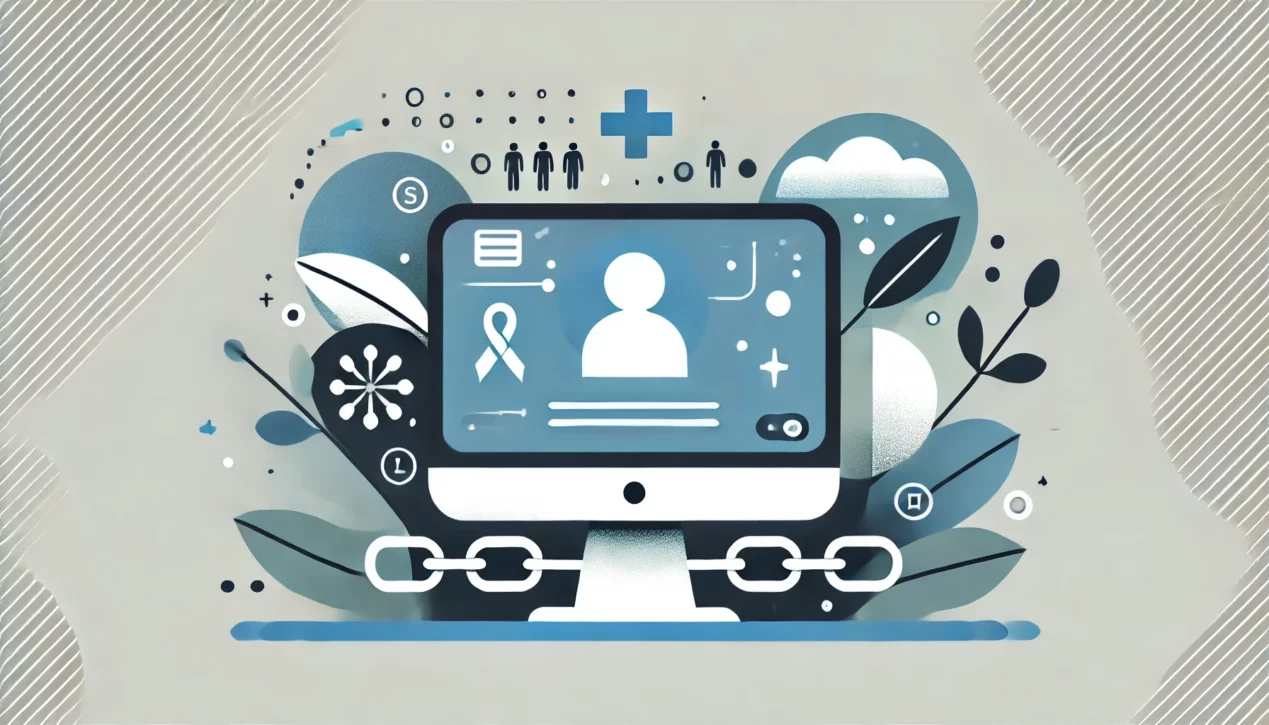The COVID-19 pandemic has forced the healthcare sector to innovate rapidly, particularly in the realm of addiction treatment. Among the significant advancements is the widespread adoption of telehealth services for patients with opioid use disorder (OUD). A recent study by Couch et al., published in the Harm Reduction Journal, delves into the multifaceted impact of telehealth on the stigma experienced by individuals undergoing OUD treatment.
What is Telehealth?
Telehealth, also known as telemedicine, refers to the delivery of healthcare services through digital communication technologies. This innovative approach allows patients to receive medical care, consultations, and support from healthcare providers without needing to visit a clinic or hospital in person. Here are the key components and benefits of telehealth:
Key Components of Telehealth
- Video Consultations: Patients can have face-to-face appointments with their healthcare providers via video conferencing tools.
- Remote Monitoring: Devices and apps that monitor patients’ vital signs and health conditions from a distance.
- Digital Communication: Communication through email, secure messaging, and phone calls between patients and healthcare providers.
- Mobile Health Apps: Applications that offer health advice, reminders, and support directly to patients’ smartphones.
Understanding the Stigma in OUD Treatment
Opioid use disorder is not just a chronic medical condition; it is also heavily stigmatized. This stigma manifests at multiple levels:
- Individual Level: Patients often internalize negative stereotypes, leading to feelings of shame and reduced self-esteem.
- Public Level: The general public and even healthcare providers can harbor prejudices, resulting in discriminatory behaviors.
- Structural Level: Policies and regulations may implicitly or explicitly discriminate against those seeking treatment.
These layers of stigma can create substantial barriers to accessing and maintaining treatment, further exacerbating the crisis.
The Role of Telehealth in Reducing Stigma
The study explores how telehealth impacts patient experiences of stigma at these different levels. Here are the key findings:
Individual Level: Providing a Safe Space
For many patients, the anonymity and comfort of their own homes made telehealth an attractive option. It reduced the anxiety associated with visiting a clinic and being seen by others:
“To be able to speak to someone in the comfort of my own space… and not have to feel…the excessive anxiety that goes with all of that, was absolutely beneficial for me.”
Public Level: Navigating Privacy and Exposure
Telehealth also helped mitigate public stigma by allowing patients to avoid being seen at OUD treatment centers. However, it introduced new challenges, particularly for those without private spaces at home:
“If I’m in the clinic, then I know that only people that are there to do medical business are there, and aren’t gonna be standing outside the door, listening.”
Structural Level: Enhancing Flexibility and Trust
The flexibility of telehealth often translated to a perception of increased trust and respect from clinicians. Participants felt less judged and more supported in their recovery journey:
“[My telehealth-based clinic] puts a lot more trust in us as people….I’ve never met them in-person; yet they trust me and I trust them…”
Mixed Outcomes and Future Directions
While the benefits of telehealth are clear, the study also highlights potential drawbacks. Some patients felt that the lack of face-to-face interaction could exacerbate feelings of isolation or make it harder to build trust with clinicians. Additionally, clinicians’ comfort and training with telehealth varied, impacting patient experiences.
The research suggests that telehealth can both mitigate and exacerbate stigma, depending on individual circumstances and the specific dynamics of the patient-clinician relationship. Therefore, a one-size-fits-all approach is not sufficient.
Telehealth for Other Addictions
Telehealth’s benefits extend beyond opioid use disorder, showing promise in the treatment of other addictions as well. For patients battling alcohol dependence, methamphetamine addiction, or other substance use disorders, telehealth can provide a similar level of privacy, flexibility, and reduced stigma. This versatile approach allows for continuous support and treatment, even for those in remote or underserved areas, thereby expanding access to critical care and improving overall health outcomes.
Conclusion
Telehealth has emerged as a crucial tool in the fight against the opioid crisis, offering new ways to deliver care and reduce stigma. However, its implementation needs to be carefully managed to address the unique challenges it presents. Policies should support a patient-centered approach, allowing individuals to choose the mode of treatment that best suits their needs while ensuring that clinicians are adequately trained to provide compassionate, stigma-free care through telehealth platforms.
References
- Couch et al., Harm Reduction Journal (2024). “Patient perceptions of and experiences with stigma using telehealth for opioid use disorder treatment: a qualitative analysis.” DOI: 10.1186/s12954-024-01043-5




